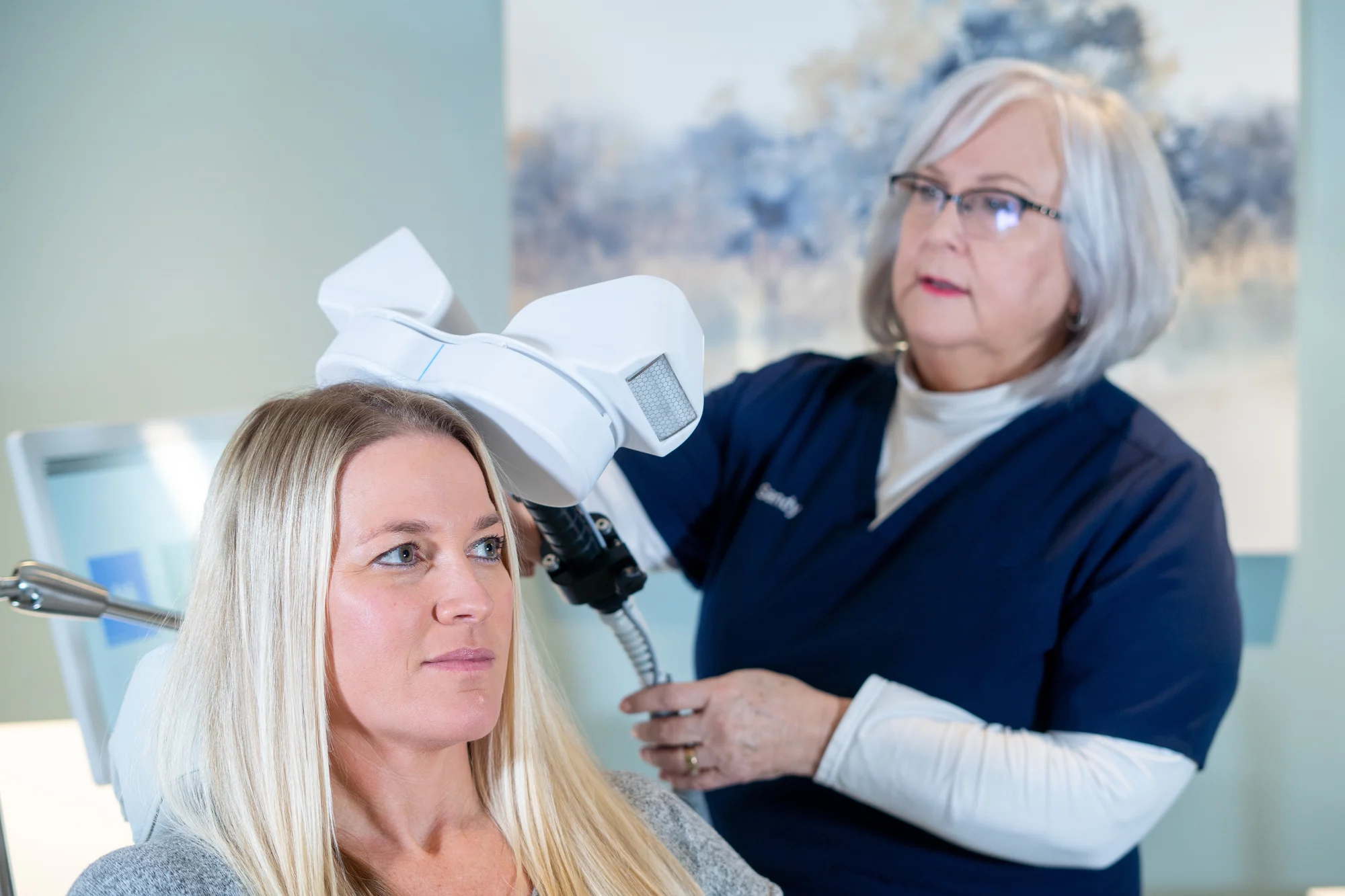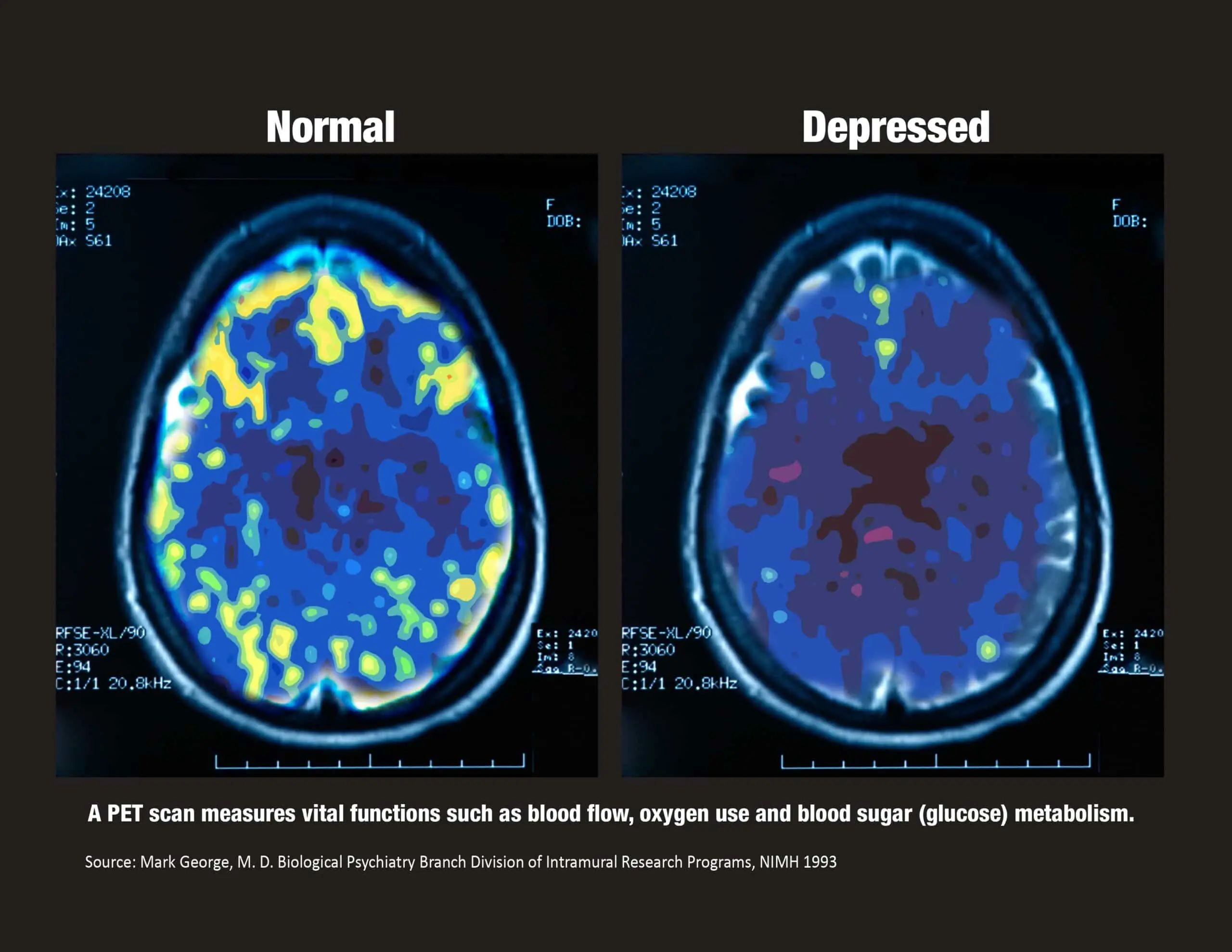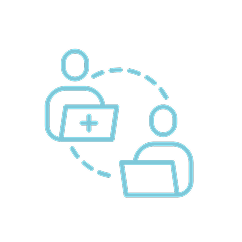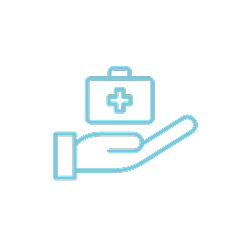Transcranial Magnetic Stimulation
Discover a non-invasive, FDA-approved treatment for depression that works
Takes one minute. No obligation.

What is TMS Therapy?
- FDA-approved treatment for depression
- Covered by most insurance providers
- Non-invasive and non-systemic, unlike medication
- No downtime – 20-minute sessions, no anesthesia or sedation required
Have more questions about TMS Therapy?
What is TMS Therapy?
Transcranial Magnetic Stimulation (TMS) is an FDA-approved, non-invasive treatment for major depression used at BestMind Behavioral Health clinics across Oregon and Washington—including Portland, Northeast Portland, Salem, Bend, Clackamas, Eugene, and Vancouver. TMS delivers gentle magnetic pulses to specific areas of the brain responsible for mood, helping improve symptoms for people who haven’t responded to antidepressant medications or therapy. The session lasts about 20 minutes, requires no sedation, and patients can immediately return to daily activities. Research shows TMS reduces depressive symptoms, improves quality of life, and has minimal side effects.
What are the side effects of TMS therapy at BestMind Behavioral Health?
TMS therapy at BestMind Behavioral Health locations throughout Oregon and Washington has minimal side effects compared to traditional antidepressant medications. The most common side effect is mild scalp discomfort during treatment sessions. Unlike psychiatric medications, TMS therapy throughout Oregon and Washington doesn’t cause systemic side effects such as weight gain, drowsiness, sexual dysfunction, or cognitive impairment.
What TMS therapy results can patients expect at BestMind Behavioral Health Oregon and Washington locations?
TMS therapy patients at BestMind Behavioral Health locations throughout Oregon and Washington typically experience significant depression symptom improvement within 2-4 weeks. Clinical studies demonstrate that 60-70% of patients respond positively to TMS therapy, with many achieving lasting remission. Our TMS programs provide proven alternatives for treatment-resistant depression when traditional antidepressants haven’t delivered adequate relief.






